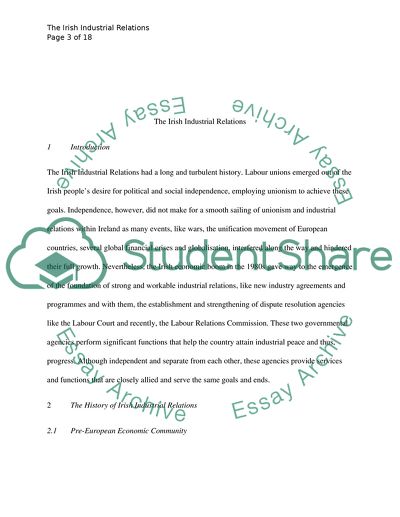Cite this document
(“The Labor Relations Court in Ireland Case Study”, n.d.)
The Labor Relations Court in Ireland Case Study. Retrieved from https://studentshare.org/law/1734709-irish-labour-relations-court
The Labor Relations Court in Ireland Case Study. Retrieved from https://studentshare.org/law/1734709-irish-labour-relations-court
(The Labor Relations Court in Ireland Case Study)
The Labor Relations Court in Ireland Case Study. https://studentshare.org/law/1734709-irish-labour-relations-court.
The Labor Relations Court in Ireland Case Study. https://studentshare.org/law/1734709-irish-labour-relations-court.
“The Labor Relations Court in Ireland Case Study”, n.d. https://studentshare.org/law/1734709-irish-labour-relations-court.


